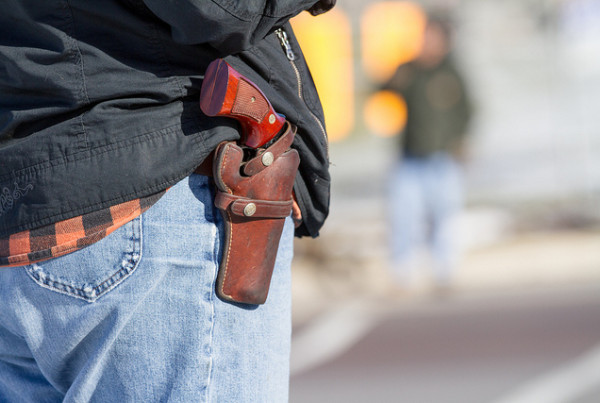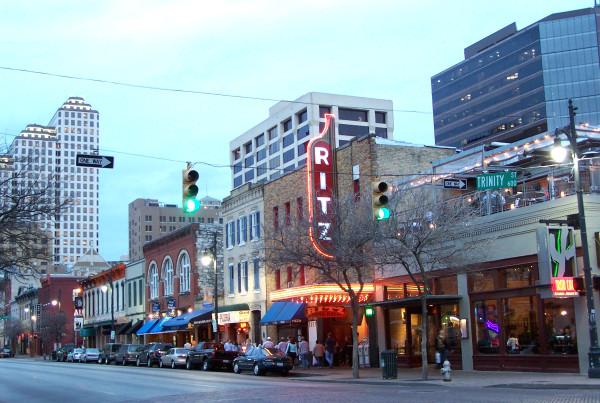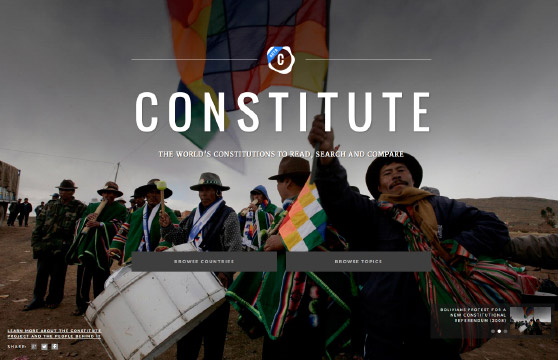Oppenheimer’s 2012 film, The Act of Killing, looks at how the perpetrators of Indonesia’s military coup cope with their past. His new documentary, The Look of Silence, follows victims of the coup and how they continue to live alongside the people who killed their family members.
On Being a ‘Texas’ Filmmaker:
“One of the things, given that I left here at two (years old), that delights me is that somehow Texas has kind of a magnetic attraction all over the world. And so in every biography of me, at every film festival, it doesn’t say ‘born in the USA’ or ‘American’ it says ‘Texan’ or ‘Texas born’ or ‘born in Texas.’ So it’s a mark of pride for me. It’s a little bit exotic, even for me, because I left here when I was so young… My father was a professor at UT and my mother was doing a lot of community and civil rights movement and immigrants rights movement legal work. I think my sense that we can’t really feel comfortable with the lives we lead when we know that our comfort depends on the suffering of others is something that I learned from my mother. And she got her start with all of that here in Austin.”
On What Happened in Indonesia in 1965:
“There was a military coup in which the military, together with American support, began a program of genocide, really, where they exterminated the entire Indonesian left. They either put people in concentration camps for decades, many people died from starvation in the camps, or they simply killed people. They set in motion a killing machine where, within six months, somewhere between half a million to two and half million people were killed. Many targeted because not they were real leftists but because they were ethnic Chinese.”
On Why He Made Two Films:
“I always knew that I would make two films. From the very beginning. Back in 2004, I filmed two men, two death squad leaders, taking me down to a riverbank and they took turns playing victim and perpetrator, sort of reenacting how they helped kill 10,500 people at one spot, one clearing. And then, at the end, they produced a small point and shoot camera and posed for snap shots as kind of souvenirs of a happy afternoon out. But, for me, this was one of the worst afternoons of my life. I had this awful feeling that I had wandered into Germany, 40 years after the Holocaust, only to find the Nazis still in power. And I knew at that point, within hours really, I knew I would make two films. One about the stories the perpetrators tell themselves, the lies they tell themselves to justify their actions to themselves and then tragically impose on a whole society. And that’s The Act of Killing. And then I knew I would make another film, equally contemporary, about what it does to a human being and to a whole society to have to live for 50 years in fear and in silence. And that’s The Look of Silence.”













